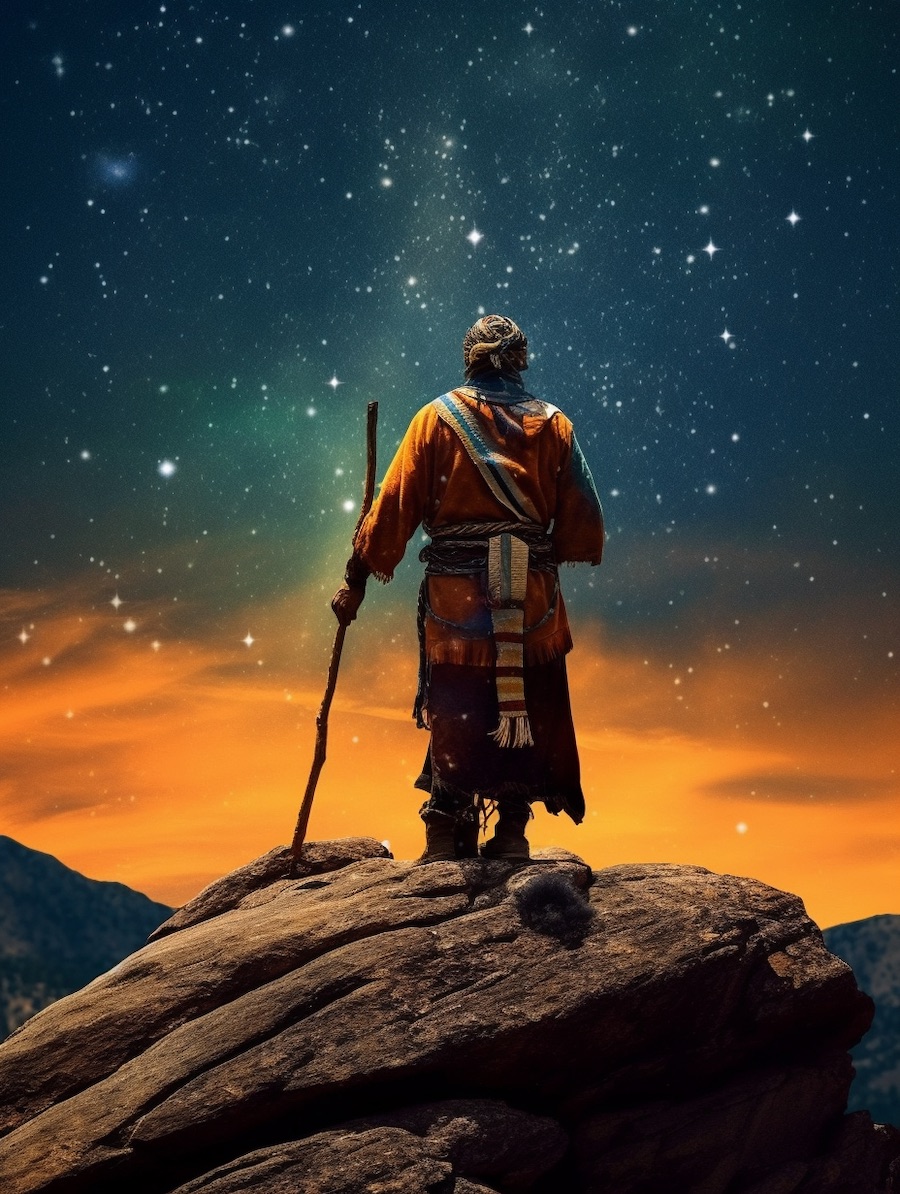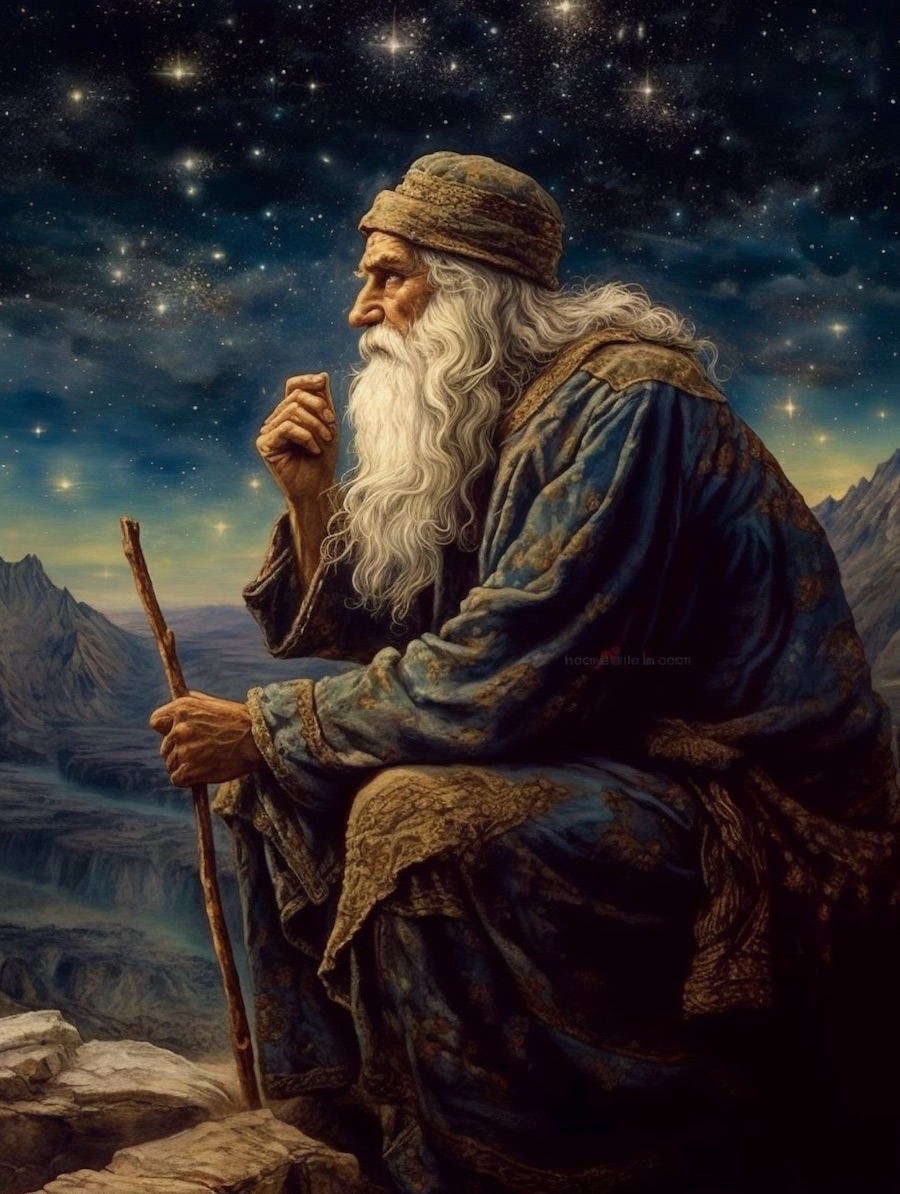A Brief Introduction to Astrology
What is it about the stars that holds so much fascination for humankind?
For thousands of years humans’ main preoccupation was with the fight or flight of survival. We looked for little explanation about the workings of the universe, that vast celestial realm that was home to the gods who ruled our destiny. Our immediate focus was to strive to stay live.
Even then, despite the trials and tribulations of day-to-day existence, once gathered around the comforting heat and light of the campfire, we couldn’t help but be captivated by the blanket of stars above us. Throughout history, people have been intrigued by the mysteries of the celestial world and have struggled to make sense of it all.
The night sky was our earliest clock. At first, just like our animal and plant neighbours, we were instinctively synchronised to wake and sleep with the rise and fall of the sun. As hunter-gatherers we used the ever-moving tapestry of stars as an indicator of when herds of aurochs and caribou would arrive to feed and then move on. We would follow their progress, and harvest them as and when the tribe needed sustenance.

As we became settlers, the movements of the planets and stars became a celestial calendar for the seasons, showing us when to plant and harvest crops.
Planets in our solar system exert gravitational forces on each other. Where and when they are positioned in the constant cycle of orbits will effect the pull and push of every element throughout the system.
The gravitational force of our very own tiny moon effects every molecule of water on Earth, creating tides. When you consider that each one of us is (on average) 60% water it’s clear that the planetary movements can also have an effect on our own internal tides, moods, health and our lives.
Astrology combines science, art, and philosophy and reaches deep into the history of humanity. It is built on the study of the movements and relative positions of celestial bodies—planets, stars, and other astronomical phenomena—whose alignments and transitions are believed to mirror, influence, and predict the rhythms of human life and the natural world. The philosophical underpinning of astrology is that the macrocosm (the universe) and the microcosm (individual human lives) are interconnected; changes in one ripple out to the other.

Historical Roots and Evolution The roots of astrology can be traced back over several millennia, with different forms of it flourishing across ancient civilisations. The Babylonians are often credited with the origins of astrology from around the 2nd millennium BCE. They developed an elaborate system of omens, celestial phenomena, and planet divinations, which laid the foundation for later astronomical studies and horoscopic astrology, particularly influential through the Hellenistic world after the conquests of Alexander the Great. In ancient Egypt, the stars were integral to the calendrical and religious systems, profoundly influencing everything from architecture to the timing of agricultural activities. Similarly, in China, India, and Mesopotamia, astrology was not merely a means of divination but a crucial element shaping the cultures’ cosmologies and theologies, guiding emperors and commoners alike.
Astrology’s Integration into Cultures
Throughout history, astrology absorbed knowledge from different cultures and time periods. Islamic scholars, for instance, made significant advancements in astronomy that directly influenced the astrological practices in medieval and Renaissance Europe. Astrology was once held in high esteem in European academies, but the Enlightenment and the adoption of scientific methods caused a separation between astrology and astronomy.

Contemporary Significance Today, astrology reflects a wide spectrum of practices and beliefs, from those who consult the stars for daily guidance to others who appreciate it from a more psychological, symbolic perspective. In many ways, modern astrology also sees a return to its roots, with an emphasis on spirituality and personal growth. Astrologers today construct detailed natal charts to offer insights into an individual’s personality, potential life paths, and the timing of important life events. These charts are intricate maps of the positions of the planets, the sun, and the moon, and their aspects relative to one another at the exact moment of a person’s birth.
Astrology and the Natural World Apart from personal guidance, astrology has traditionally been linked to the natural environment. Ancient and medieval farmers used the positions of the stars and the phases of the Moon to guide planting and harvesting. Astrological weather predictions were once common, with observations of planetary movements believed to forecast natural events such as storms or droughts.
Despite its ancient origins, astrology has shown remarkable resilience and adaptability, continually evolving and integrating into various cultures around the world. Its endurance can be attributed to its depth and complexity, offering layers of meaning and insight that continue to attract followers. Whether viewed through the lens of belief or skepticism, astrology’s historical and cultural significance makes it a fascinating field of study within the broader realms of human intellectual and cultural history. Its principles, woven into the fabric of numerous civilisations, reflect a universal human quest to find meaning in the cosmos and understand our place within it.
